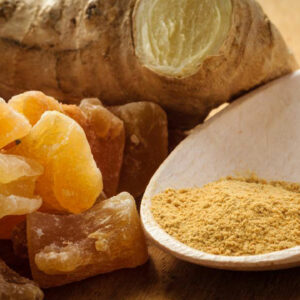
01
8 Best Probiotic Supplements that Promote Healthy Living
The complexity of the human body never fails to astonish us. For instance, the bacteria that the antibiotics so readily get rid off can be useful for our body as well. There are “good” and “bad” bacteria. However, the antibiotics do not bifurcate between the good and the bad bacteria, and it ends up cleansing the body of all the bacteria. The good bacteria are believed to perform a very vital function of maintaining a healthy digestion and ensures that the intestines function appropriately. For increasing the “good” bacteria in our body, probiotics have come into existence. One can say that probiotics are bacteria which are responsible for maintaining a natural balance of microflora in the intestines. Daily consumption of probiotics will effectively reduce the occurrence of diarrhea, gas, cramps, and intestinal disorders. There are various natural sources of probiotics which can be included in our diet. However, if an individual feels that he isn’t receiving the required amount of probiotics via food, he can always opt for probiotic supplements. Probiotic supplements ensure that the individual receives the right amount of probiotics to maintain a healthy gut. Here’s a list of the best probiotic supplements dedicated to preventing any intestinal disorder in the user. BlueBiotics Ultimate Care Bluebiotics Ultimate Care contains almost every proven “good” bacteria that have been approved by science. It consists of 61 billion live probiotics and 11 strains of live culture, which ensures that the individual consuming this probiotic stays healthy and prevents the onset of disorders that stem from intestines. It is one of the best probiotic supplements as it contains a large number of “good” bacteria and is 100% natural. Thus, there’s no premonition of side-effects lurking around. Probiotics One Daily Support It doesn’t come as a surprise that Probiotics One Daily Support is considered as one of the best probiotic supplement.
Read More 










